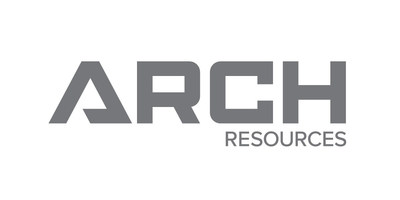

That means a large signal for us to measure, which is always helpful. Large earthquakes are important to study because they produce the largest motions and cause the largest changes in stress within the Earth. The most important thing we learned is that the total movement at the GPS-acoustic site offshore was much larger than had been predicted by earlier models for the earthquake. Why is studying the Chignik, Alaska, earthquake important to earthquake research? This technique is called GPS-acoustic positioning, and by repeating the survey measurements before and after the earthquake, we can measure how much the seafloor moved, and use that to better determine how the fault moved. Radio signals from the GPS satellites will not travel through water, so to get any data we must combine the GPS positioning of a floating platform with acoustic, or sound wave, positioning of the same platform relative to an array of transponders, which pick up and emit signals on the seafloor.

On land, we can set up Global Positioning Systems or Global Navigation Satellite Systems - GPS and GNSS, respectively - instruments and record the positions of the plates fairly easily, but the part of the fault that slipped in the earthquake is located pretty far away from land. To measure earthquakes underwater, researchers must combine data from satellites in the sky with signals from transponders on the ocean floor. The biggest challenge is that the fault comes to the surface on the ocean bottom far offshore, and there are kilometers of water in the way! We need to measure how the Earth was permanently moved by the earthquake, and we really need measurements that are made right above the part of the fault that slipped.

What are the challenges with studying the Alaska-Aleutian fault? This research appeared recently in the journal Science Advances.

Freymueller is an internationally recognized expert in geodesy, or the study of Earth’s size and shape, and serves as MSU’s Endowed Chair for Geology of the Solid Earth. Jeffrey Freymueller, a professor in the College of Natural Science at Michigan State University, is researching this earthquake to learn more about exactly where that slip occurred (and how much) to better understand how faults work and to help evaluate the risk of future earthquakes and tsunamis.
Arch mi nc human resources series#
Between 20, the two plates slipped along this fault, producing a series of earthquakes, including the Chignik, Alaska, earthquake on July 29, 2021, which registered an 8.2 in magnitude - the largest earthquake within U.S. Off the coast of Alaska, the Pacific plate thrusts underneath the North American plate creating enormous pressure at the Alaska-Aleutian fault. They may feature historical information, background, research findings or offer tips.Įarthquakes are caused by the movement of the tectonic plates that make up Earth’s crust. “Ask the Expert” articles provide information and insights from MSU scientists, researchers and scholars about national and global issues, complex research and general-interest subjects based on their areas of academic expertise and study.


 0 kommentar(er)
0 kommentar(er)
